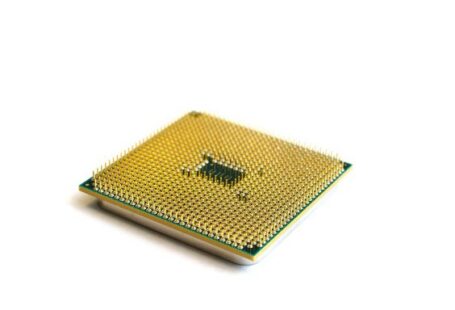VHDL, or Very High-Speed Integrated Circuit Hardware Description Language, is a programming language used in the field of digital design and electronic systems. It is widely used to describe and simulate digital circuits and systems, making it an essential tool for hardware engineers. In this article, we will explore the basics of VHDL, its applications, and the process of simulating hardware designs using VHDL.
Understanding VHDL
VHDL is a hardware description language that allows designers to describe the behavior and structure of digital systems. It is a textual language that uses a set of predefined keywords and syntax to specify the functionality of digital circuits. VHDL is used to model and simulate digital systems before they are implemented in hardware, allowing engineers to verify the correctness and functionality of their designs.
The Structure of VHDL Code
VHDL code is organized into blocks, which are used to describe different aspects of the system being designed. The most common blocks in VHDL are the entity and architecture blocks. The entity block defines the interface of the system, specifying the inputs and outputs, while the architecture block describes the internal behavior of the system. Additionally, VHDL provides other types of blocks, such as package and configuration blocks, which can be used to further structure and organize the code.
Simulation with VHDL
One of the major advantages of VHDL is its ability to simulate digital systems. Simulation allows engineers to test and debug their designs before implementing them in hardware. In VHDL, simulation is performed by executing the code using a simulator, which can simulate the behavior of the digital system over time. During simulation, engineers can observe the waveform of signals, check the correctness of the design, and analyze the performance of the system.
Types of VHDL Simulation
VHDL supports different types of simulations, each serving a specific purpose. The most common types of VHDL simulations are behavioral and structural simulations. Behavioral simulation focuses on the functionality of the design, simulating the behavior of the system at a high level of abstraction. On the other hand, structural simulation focuses on the structure of the design, simulating the individual components and their interconnections. Both types of simulation are essential for verifying the correctness and functionality of the design.
Benefits of VHDL Simulation
Simulation with VHDL offers several benefits for hardware engineers. Firstly, it allows them to detect and fix design errors early in the development process, reducing the cost and time required for physical prototyping. Secondly, simulation enables engineers to analyze the performance of the system and optimize it for better efficiency. Finally, simulation provides a way to verify the correctness of the design, ensuring that the final hardware implementation meets the desired specifications.
Conclusion
VHDL is a powerful language for describing and simulating digital circuits and systems. It provides a structured and organized approach to hardware design, allowing engineers to model and simulate their designs before implementing them in hardware. Simulation with VHDL offers numerous benefits, including early error detection, performance analysis, and design verification. By leveraging the capabilities of VHDL, hardware engineers can create efficient and reliable digital systems. So, if you are involved in digital design or electronic systems, learning VHDL can greatly enhance your design capabilities and improve the quality of your hardware implementations.





